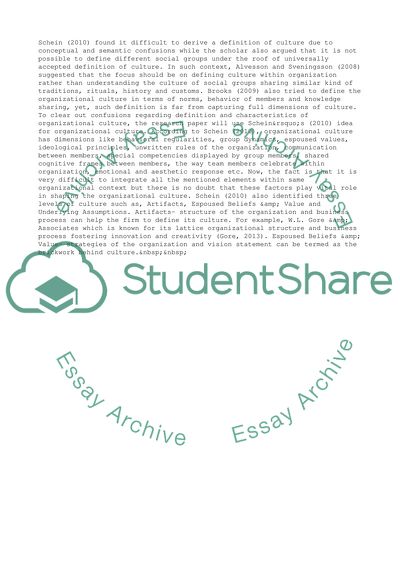Cite this document
(“The Integration of Culture in Organizational Innovation Context Research Paper”, n.d.)
Retrieved from https://studentshare.org/management/1489370-culture
Retrieved from https://studentshare.org/management/1489370-culture
(The Integration of Culture in Organizational Innovation Context Research Paper)
https://studentshare.org/management/1489370-culture.
https://studentshare.org/management/1489370-culture.
“The Integration of Culture in Organizational Innovation Context Research Paper”, n.d. https://studentshare.org/management/1489370-culture.


